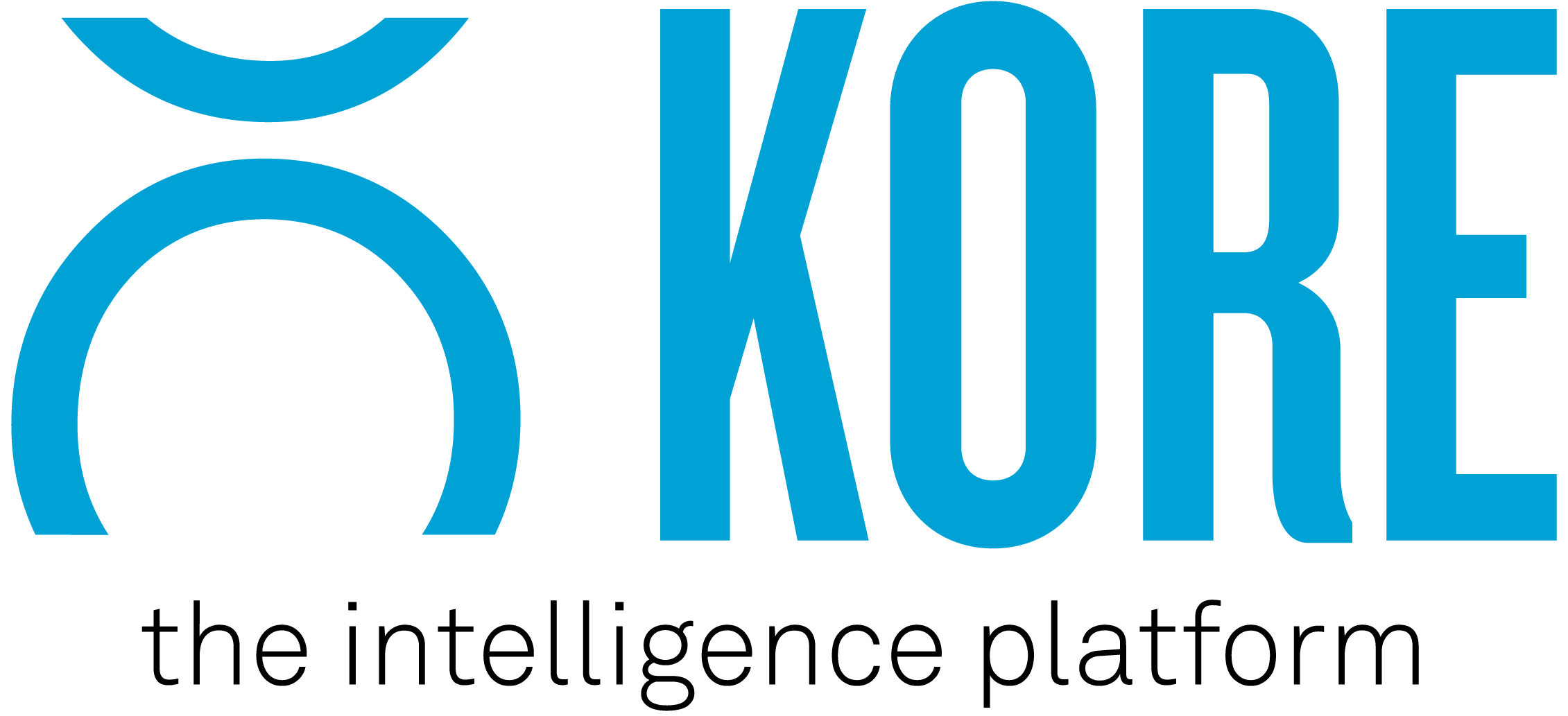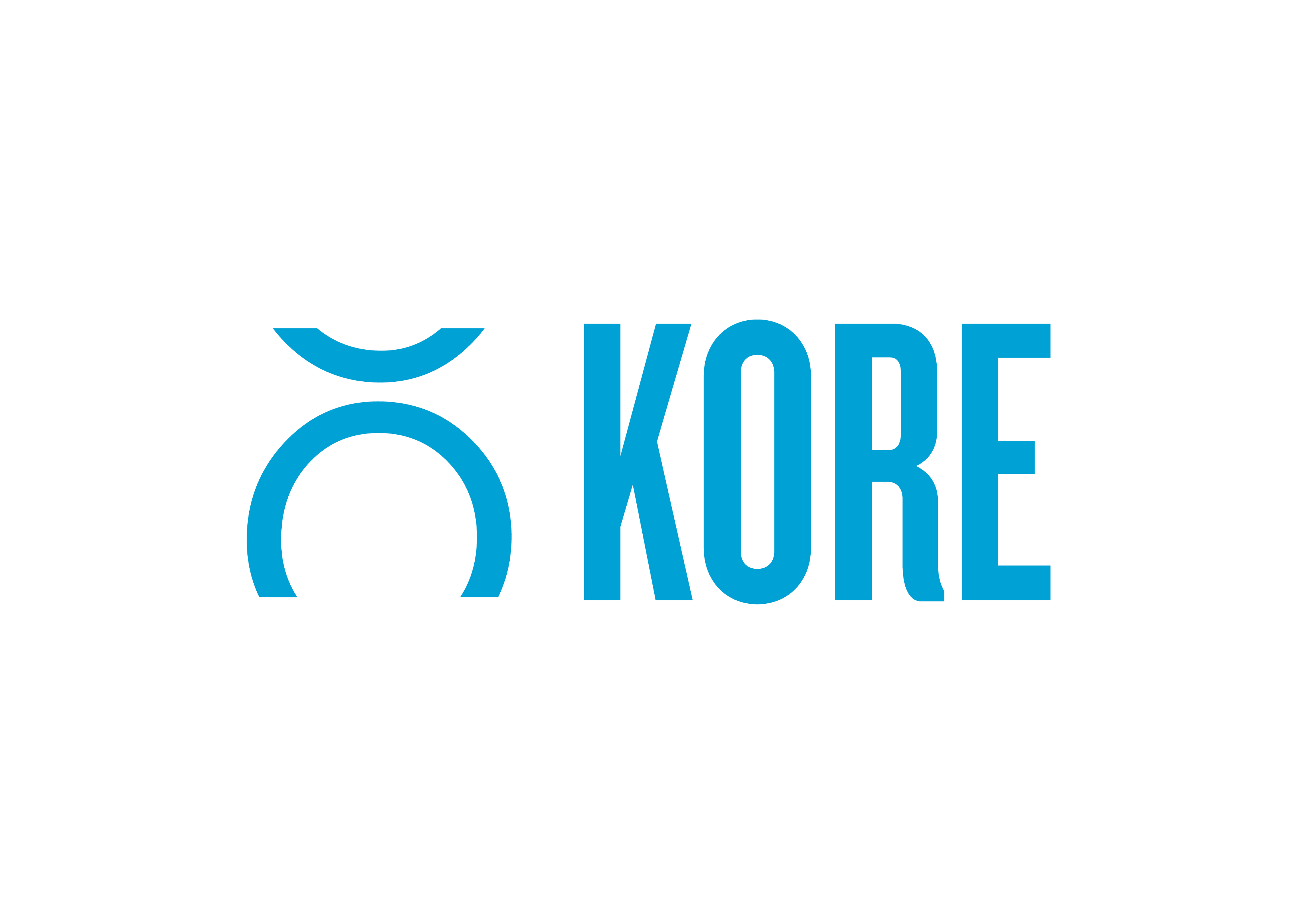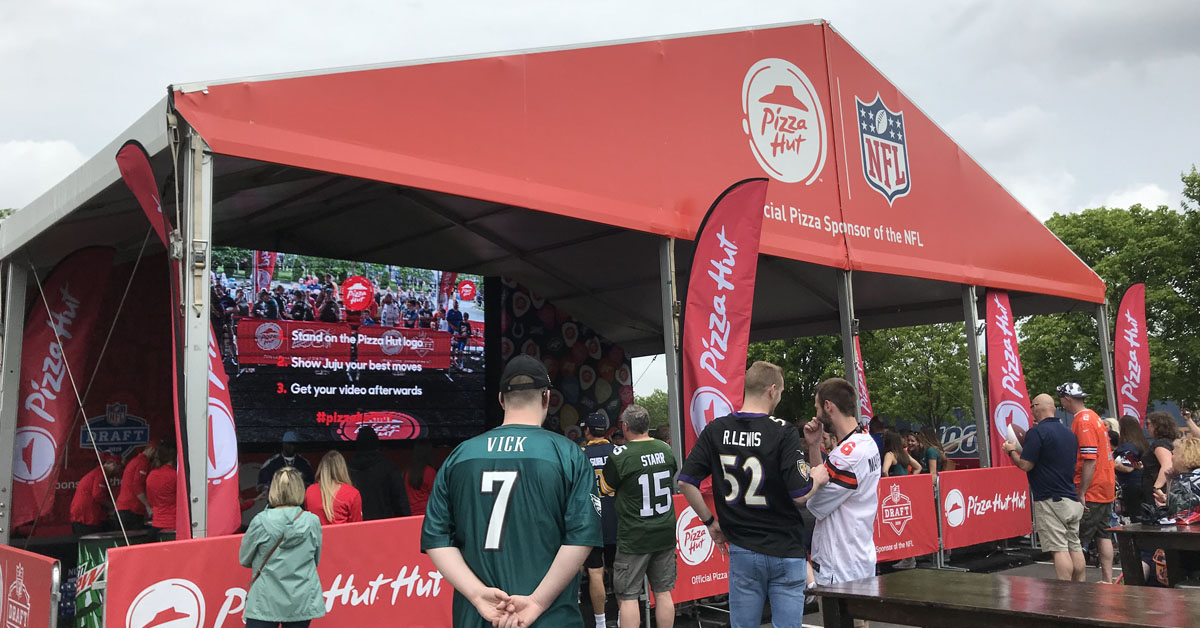Have you ever been planning out an activation and thought “Would have loved to have known that earlier”?
Chances are you just said “Yes” and had a little chuckle to yourself. You’re not alone.
Sponsorship in today’s market can be a complex beast; the planning and execution side of what we do often needs to be incredibly detailed, to ensure success, and sometimes, certain things can get overlooked or totally forgotten about.
Over the past few months we’ve spoken to brands and agencies, right around the world, specifically about sponsorship activations and we kept hearing some common things that they wished rights holders knew.
So that we can play our part in bridging this occasional gap, here are four things that brands and agencies tell us they wish rights holders knew.
1. Understand our objectives and success metrics
Speaking loosely, a brand’s objectives should guide you on how to structure their sponsorship deal and whether you need to include activations or not.
Activations, as an asset, support engagement-based objectives because their primary purpose is to create a genuine connection with an audience the brand might not otherwise have access to (or easy access to). If you hear objectives like Brand Awareness, Building an Audience, Lead Generation or perhaps even Sales Opportunities – your activations light bulb should be going off immediately.
Don’t stop there though. Each activation needs its own set of unique objectives that are custom to that specific experience, event, or period of time. We can’t just throw a generic blanket over the top and hope for the best. Instead, we need to go a step further and build in a number of success metrics behind each objective.
We get it, sometimes it can be hard to truly uncover what the brand really wants to achieve with the activations. In those cases, you’ll need to use some calibrated questions like:
- How does this fit into what your overall objectives are?
- What happens if people don’t engage with you? or, simply,
- What are we trying to achieve here?
Understanding these unique objectives, and marrying them with the right success metrics, will allow you to breeze through the other phases of planning and execution.
2. Use More Data
Something we have learned a considerable amount about in the past few months is the underestimated significance rights holders place on data when building out or executing activations for their sponsors.
Don’t mistake me, there are some really impressive activations and subsequent measurement activities going on at the moment. What I am saying is the average far outweigh the good.
Yes, brands are responsible for the execution of the activation, however, rights holders need to play a bigger role in bringing data to the table to help bring it to life.
If you’re wondering what data to focus on – Look at Audience and Measurement first.
Audience will sit on the Iron Throne and Measurement will serve as its hand (timely use of analogies, right?!). Focusing on these two pieces of information will allow you to direct the planning and strategy whilst also ensuring clear execution; it helps us keep track of who we’re targeting, how we are targeting them, and how we will measure the outcome’s success. Note that this also brings in a level of accountability for both the brand and rights holder.
- Audience – Try and break down at least two to three key avatars that you and the brand share mutually. Collect as much information as you can about these avatars e.g. age, family situation, spending habits, location, occupation, etc, as this will help both of you shape what, when, and where the activation can take place.
- Measurement – As mentioned above, be sure to set some clear and concise objectives for each activation. Work out what success actually looks like and document it. It’s also important to be honest about the outcomes – if it’s good, great. If it’s bad, don’t cover it up.
3. We don’t just want to set up a white marquee out the front
Apologies in advance for companies manufacturing these, however, please stop making activations a square white marquee out the front of an event.
We see so many well-thought-out, creative, and engaging activations happening all around the world. And then we see that white tent with some cheesy signage, casual staff, and a sign-up form on an iPad.
Activations, in today’s industry, are more like branded engagement experiences. The best activations we see are often those where a brand is able to fully immerse itself into the rights holder for a specific period of time or at an event.
Good activations don’t have to break the bank, and they most certainly don’t have to be something physical. Whilst on-site interaction, PR, hospitality, and direct marketing are popular vehicles in activation spend, 98% of sponsorship professionals will also use digital or social media as an activation or leverage method.
Digital often provides a cost-effective solution to building out anything too grand or labour intensive. Think Snapchat lenses, Live Facebook competitions, or perhaps even a post-event campaign.
4. Planning vs Execution – Help us with this battle
This is where too many rights holders leave the table and leave a brand stranded.
Activations need to fit into the overall sponsorship strategy and often require the rights holder input to be successful.
Yes, sponsorship managers can service adequately and occasionally throw out ideas on the butcher’s paper on what to do, however, it’s how they’re able to turn those ideas into reality that matters the most.
Planning is all about building a road map from concept creation to execution. Book out a meeting room, grab some coffee, and start to flesh out things like logistics, budgets, infrastructure, people, and general feasibility.
A brand may leave a rights holder if all they do is planning, they will never leave if you’re able to plan and execute well.
What Are You Doing?
The above are the common themes we hear brands and agencies telling us they wish rights holders knew or were better at. Hopefully, you are great at all those things already, however, if you aren’t, look at each of them closely and see where you can improve and then start a conversation with your sponsors or even build it into early sales steps.
KORE is the global leader in engagement marketing solutions, serving more than 200 professional teams and 850+ sports and entertainment properties worldwide, providing practical tools and services to harness customer data, facilitate sponsorship sales and activation, and create actionable insights.



